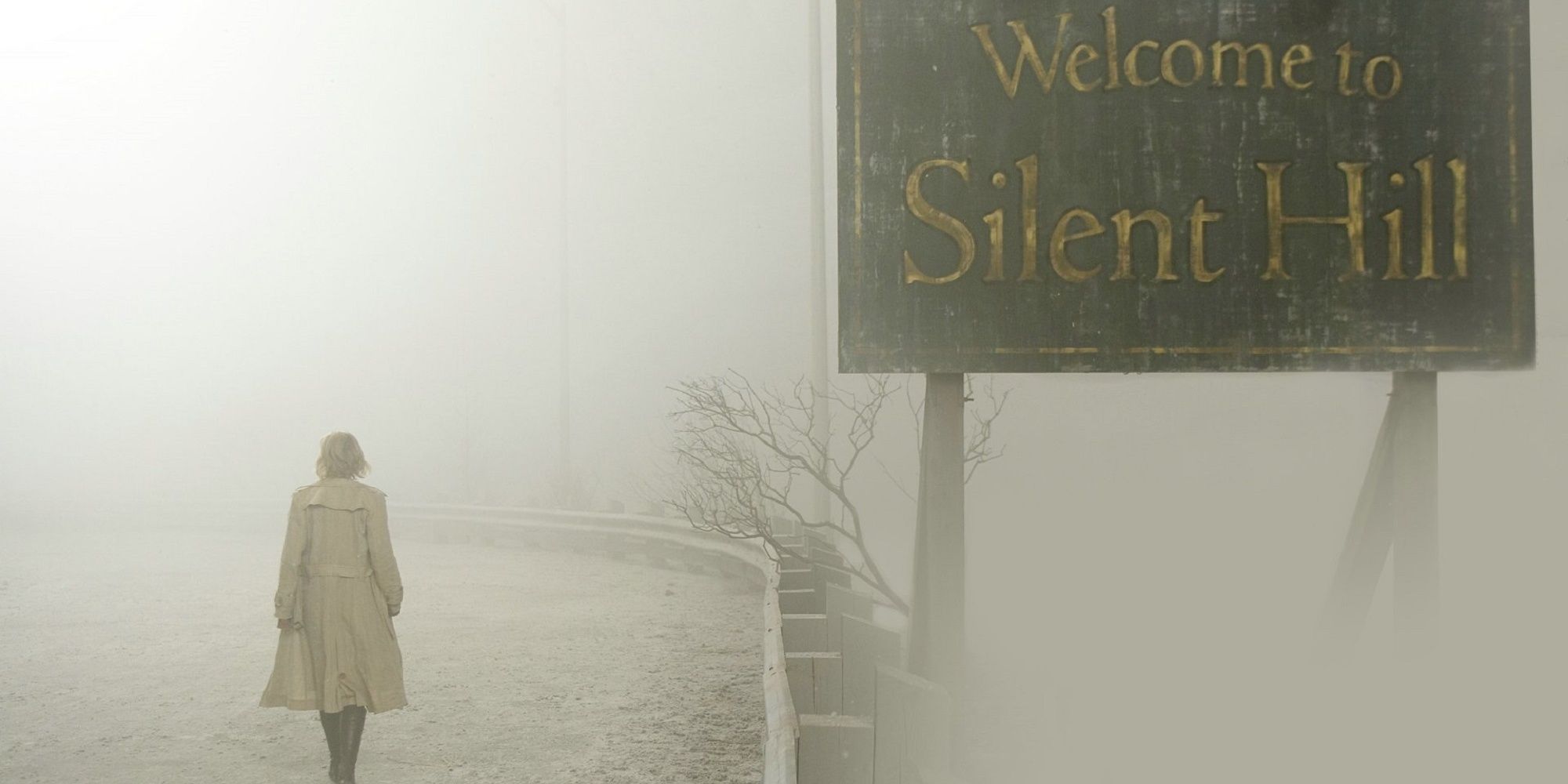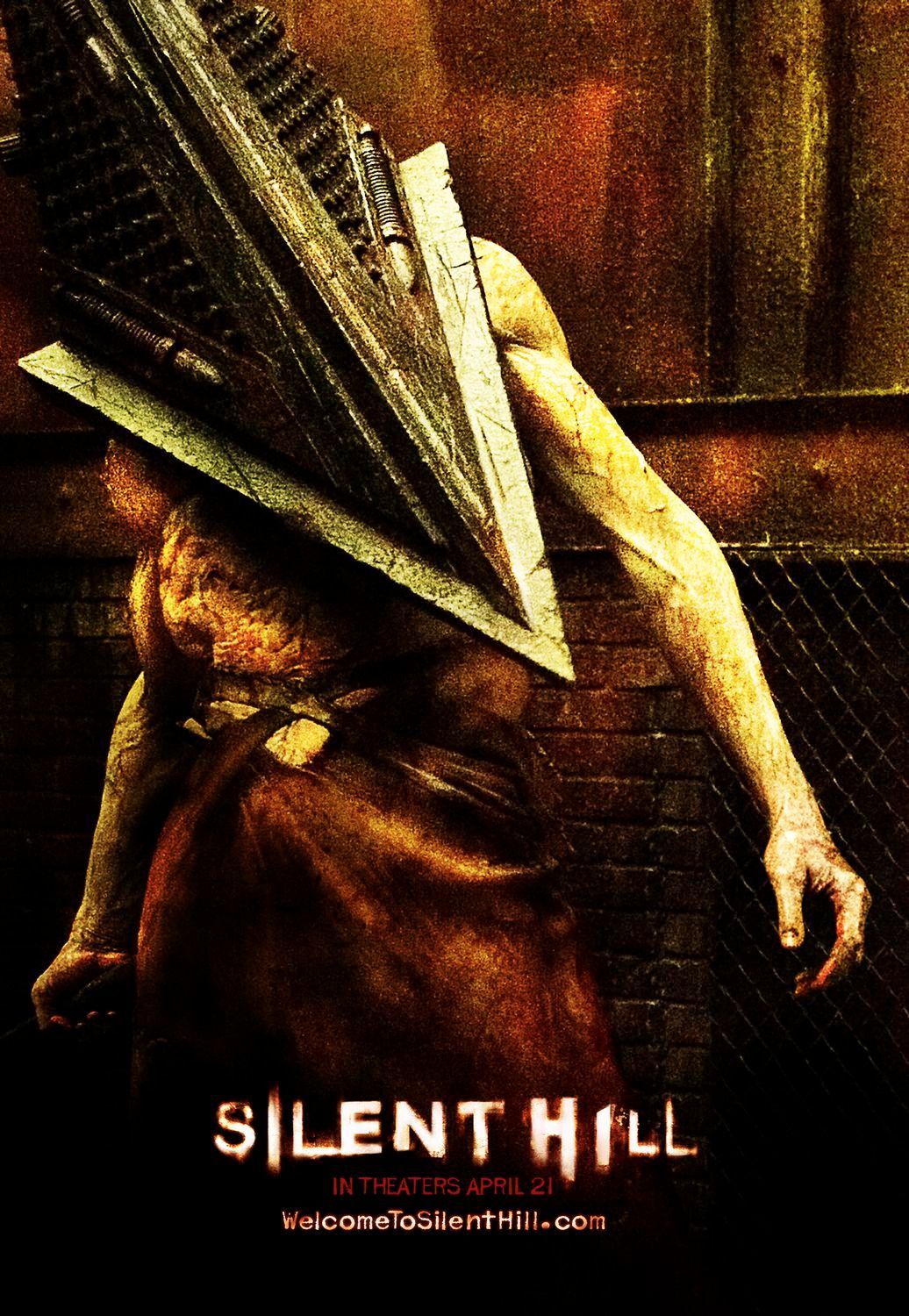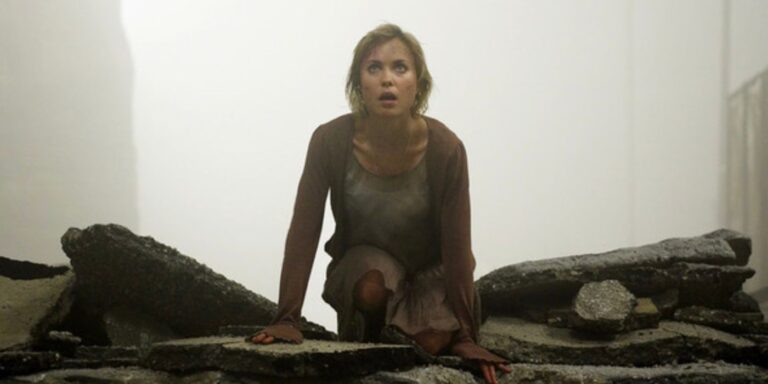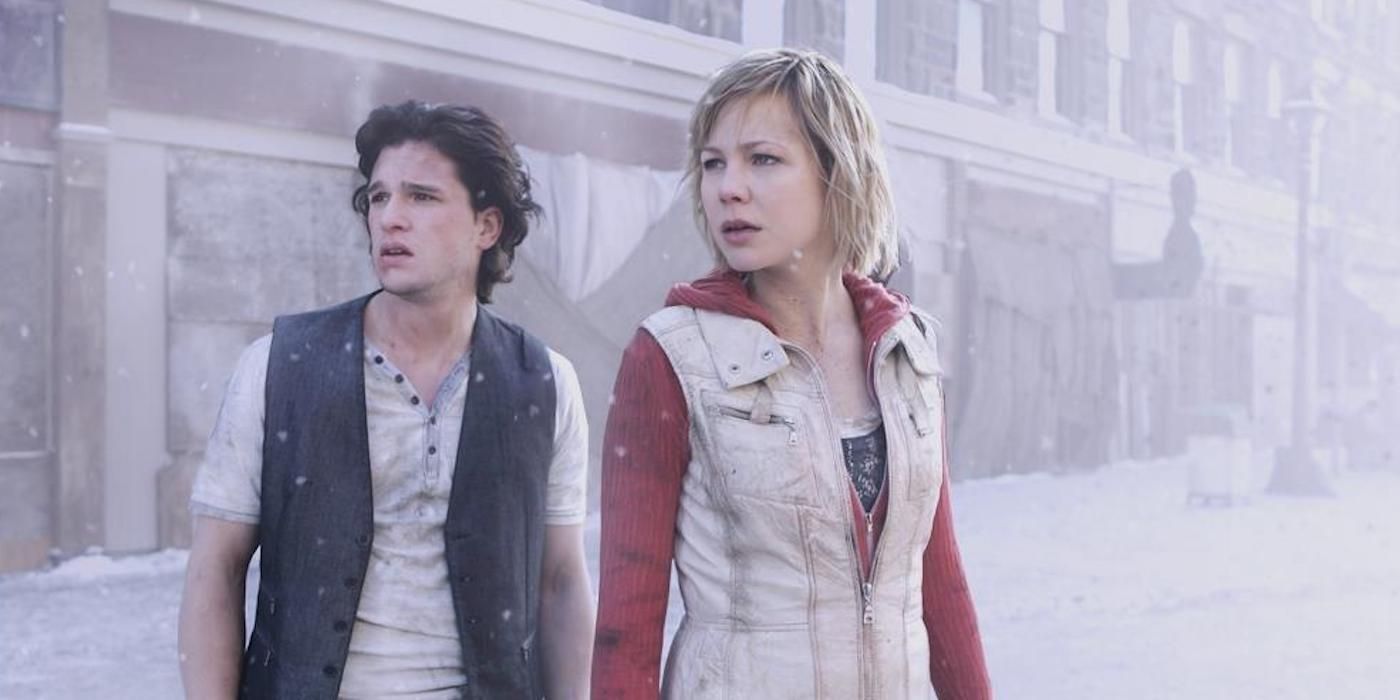When Silent Hill premiered in theaters in 2006, it was met with a cold reception. Critics dismissed the film as confusing and overly stylized – a film too lost to find its way to narrative clarity. Its 33% Rotten Tomatoes score reflects that misunderstanding, but is not a reflection of the film’s worth. Christophe Gans’ Silent Hill simply wasn’t a failure – it simply wasn’t seen clearly through all the fog.
Nearly two decades later, it stands not just as one of the most faithful video game adaptations ever made, but as an example of atmospheric horror imbued with emotional storytelling that critics at the time just weren’t ready to appreciate.
‘Silent Hill’ Loses the Plot… on Purpose
Gans’ adaptation doesn’t provide a beat-by-beat plot recreation of the game or serve up hollow fan service on a silver platter. Instead, it captures the feeling of the games – the slow, suffocating dread, disorientation, and the weight of grief. It’s in replicating the feeling that the film excels, though critics who were not familiar with the games would never have known this. Silent Hill is a movie less about what’s happening and more about what it’s felt – it taps into the game’s core spirit of emotional descent over logical progression. The film is a mood piece, not a mystery to be solved – and in that way, it is one of the most faithful adaptations to date.
Critics at the time were quick to label the story as incoherent. But coherence was never the goal. Like the Silent Hill games, especially Silent Hill 2, the narrative doesn’t follow clean cause-and-effect logic. Rose’s (Radha Mitchell) descent into Silent Hill in search of her adoptive daughter isn’t just a quest narrative – it’s a confrontation with personal and generational trauma. Where most adaptations struggle with identity and fight between serving gamers and general audiences, Silent Hill made a bold decision to choose atmosphere and emotion over exposition and clarity. In doing so, the film aligns more closely with the games’ DNA than most adaptations dare to. That artistic commitment and faithfulness are part of why the film still resonates, especially among longtime players of the franchise.

Related
‘Return to Silent Hill’ Will Be a “Faithful Adaptation” of ‘Silent Hill 2’
The film stars Jeremy Irvine and Hannah Emily Anderson.
The monsters of the film are grotesque, unforgettable, and even deeper than that, they are meaningful. Pyramid Head and the Janitor aren’t just there to provide gore and unease with their appearances; they are physical manifestations of abuse, vengeance, and shame. They serve a purpose beyond aesthetics, embodying the mental scars that Alessa, the tortured girl at the heart of Silent Hill’s curse, carries with her. When the film does venture into gore, it does so with intent – the violence is not only shocking, it’s symbolic, and much more about emotional consequences than racking up a body count.
Silent Hill also captures something essential to the game’s legacy: a deeply feminine undercut. Unlike many horror films of its time – and especially game adaptations – Silent Hill is explicitly interested in the ways women suffer, survive, and transform. Rose was a rare horror protagonist during this time in the horror genre: a mother on a spiritual and physical journey, defined by her compassion rather than naivety or final girl toughness. The story centers on women – mothers, daughters, witches – and interrogates how pain shapes them. Alessa’s trauma, Dahlia’s guilt, Sharon’s innocence, and Christabella’s fanaticism all orbit the feminine experience of grief and power. This exploration of womanhood through the horror lens wasn’t a new creative decision on Gans’ part – it pre-existed in the Silent Hill games, which Gans captures with intent.
‘Revelation’ Didn’t Understand the Assignment
It’s hard to talk about 2006’s Silent Hill without acknowledging its sequel, Silent Hill: Revelation (2012), which was everything the first film was not. Directed by M.J. Bassett, the sequel is messy, rushed, and tragically strips away the emotional depth of its predecessor in favor of fan service and hollow spectacle. Where Gans approached the games as a haunting foundation open to interpretation, Revelation desperately tried to turn its lore into logic, attempting to explain what the original left unsaid. The result feels more like a film wearing the costume of a Silent Hill game, more interested in checking surface thematic boxes than evoking the emotional core of the games. Even the return of Pyramid Head in the sequel feels like a gimmick. Silent Hill dared to trust the audience’s emotional intelligence, while Revelation assumed they needed everything to be spelled out. It’s a striking example of how video game adaptations can go wrong by being too literal.
Silent Hill is not without faults – it has clunky dialogue, uneven pacing, and a chaotic final act. But it didn’t need to be perfect – it needed emotional resonance, a fact it achieves throughout its runtime. It may have been critically misunderstood in 2006, but as today’s horror audiences seek out atmosphere-first storytelling with emotional depth, the film feels prescient. It paved the way for the kind of game adaptation that values mood over mechanics, and in doing so, it earns a place as not only one of the better video game films made but as a genuinely haunting piece of horror.

Silent Hill
- Release Date
-
April 21, 2006
- Runtime
-
127 minutes
- Director
-
Christophe Gans
- Writers
-
Roger Avary


